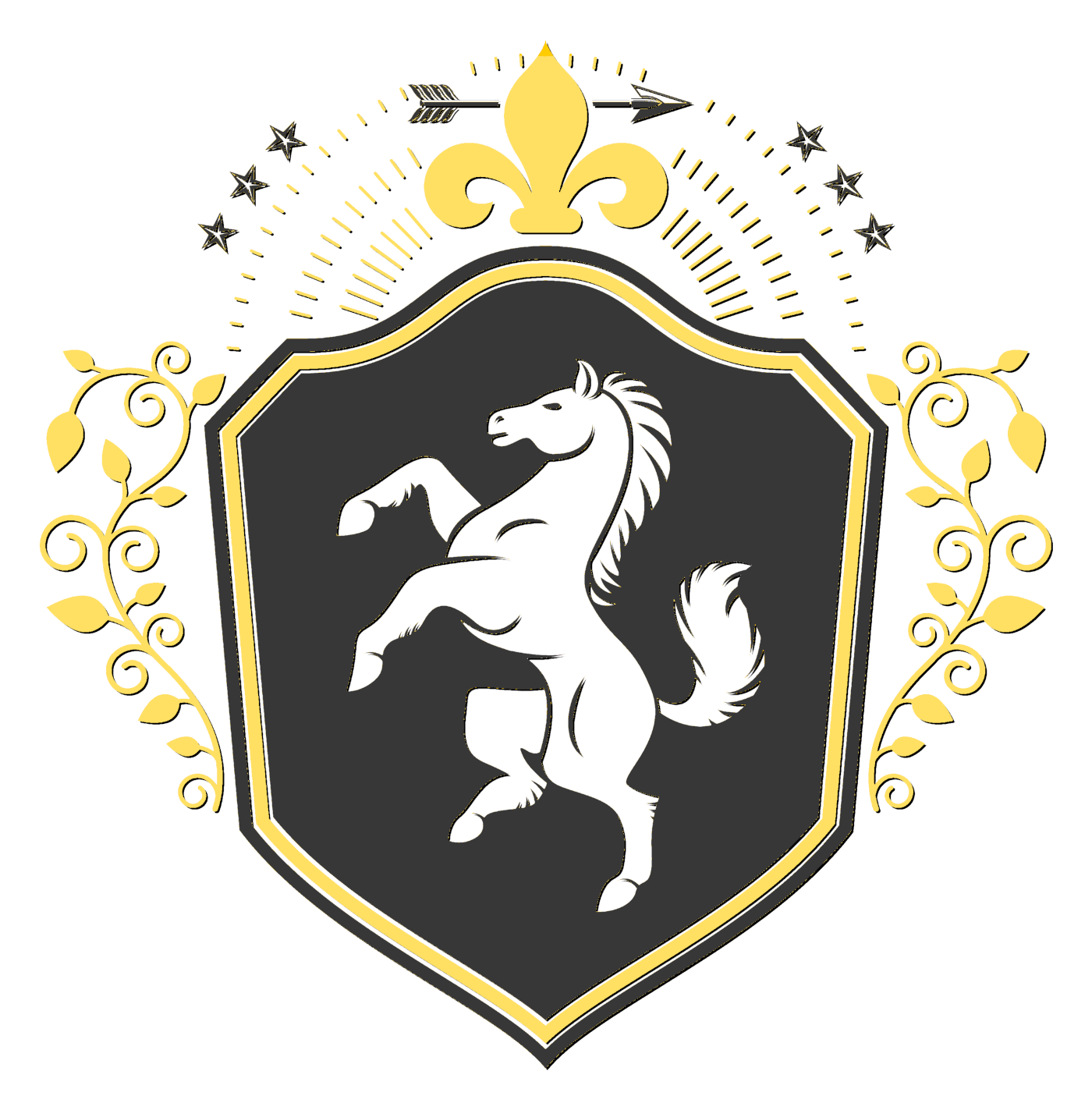|
Scattered across Erde’s forests are a class of semi-sentient, mobile trees. Known officially as die lebenden (literally, “the living”), these intelligent plants are most commonly referred to as simply “living trees.” While the greatest concentration of living trees is in Erde’s west-central forests, the most famous wood is in the southwest. Known as the Wald (literally “woods, forest”), this jungle is infamous for its hostility and danger.
The living trees earned their name for their semi-sentient awareness. They react emotionally to their surroundings and appear to posses some understanding of human and animal languages. The trees express their intent by moving – sometimes imperceptivity, other times violently by lashing out with their limbs and roots. The trees “speak” by shaking their leaves at varying intensities and producing a wind-like whistle, which can escalate to a shriek.
As long as anyone can remember, living trees have been hostile to humans and some sentient animals. The trees are infamous for attacking or even killing humans, including innocent travelers. Some trees crush their victims; others fence them in and leave them to die. Popular myth says that some trees let their victims wander forever, lost in an ever-changing maze. Some merciful trees will fend off invaders to keep them from coming close, but more often they let their prey wander deep into the forest before attacking. By then it is too late. While there are a few indifferent forests, the only stable exception to the hostility lies with a few west-central tribes, whose ancestors communicated through their raubvogel companions to make peace with the trees when they settled on Erde.
Because their ability to move prevents attackers from getting close, it is very difficult to eradicate living trees, who have an effectively infinite lifespan. In the instance that fire or disease infects one tree, the forest will sacrifice the victim and relocate to save the rest of the flock. Humans have searched for centuries for an insect that could kill living trees, but one has yet to be discovered.
The primary factor that keeps living trees at bay is their apparent inability to reproduce. Most of the living trees’ fruit is seedless; the few types that bear seeds produce flowers and other low-growing plants that decorate the forest floor. Living trees cannot grow taller or produce more limbs; damaged bark or branches are permanent. The only parts of the tree that can reproduce are leaves and fruit. Some speculate that the trees can divide into multiple plants, but there is no recorded evidence of this occurring. As such, most living forests have maintained a constant area throughout Erde’s history.
Living trees are native to Erde and have been discovered in all regions except the rocky north. They average between 2-3 feet in diameter and grow between 2-4 stories tall. Living trees vary in color, but the most common shades are honey oak and light natural. The ringless wood is soft and pliable when the tree is moving and hardens when the tree returns to its stationary position. The bark, which is the exact same color as the wood, is smooth on the surface but gouged with rough veins that run in nearly parallel lines up the length of the tree. The tree may have a few short branches growing near to the ground, but most of its branches grow in a sphere in the top ⅓ of the tree’s height.
There are at least three dozen “species” of living trees, which can be identified by their leaf. The species produce a variety of leaves in a multitude of colors, ranging from one centimeter to three feet in size. The most common species, however, produce 3-inch oval leaves in black and various shades of green. The lifespan of leaves varies by species, but all species are evergreen and reproduce their leaves continually. Some species of living trees produce fruits and nuts – 7 varieties of fruit and 12 varieties of nuts have been recorded – while some produce no fruit at all. All of the fruit and nuts are edible to humans, but some bear the seeds to plants that are useful as dyes and medicines.
_________________
Website | Twitter | Instagram
My Patrons get free books and merch!
Latest Release: Aurelius (Red Rain #3.5)
|

